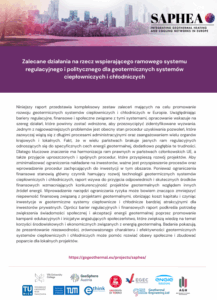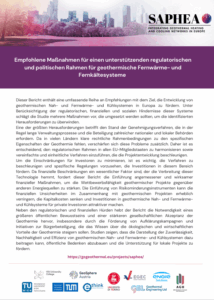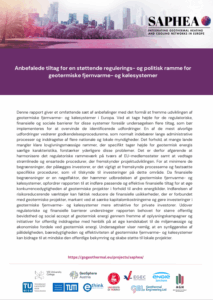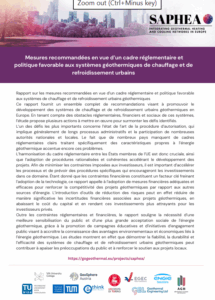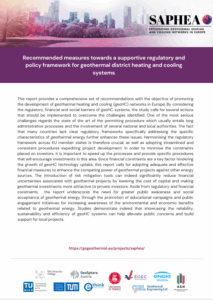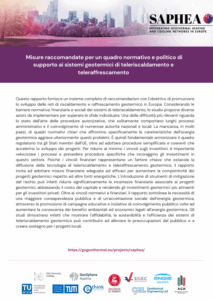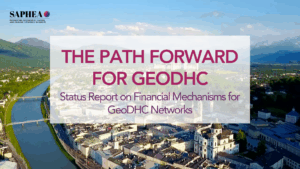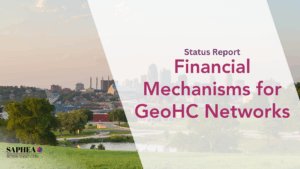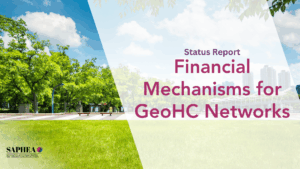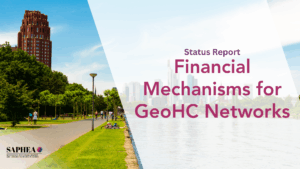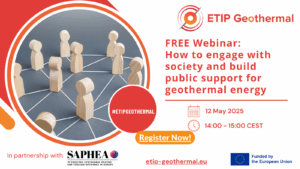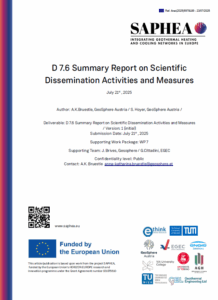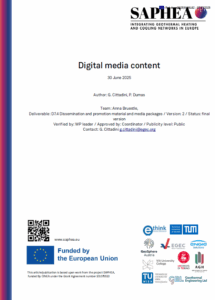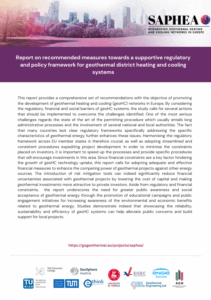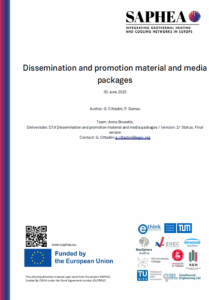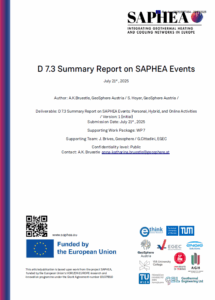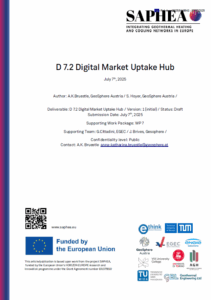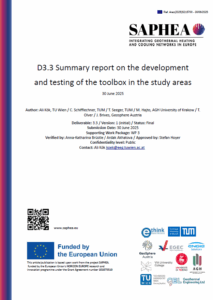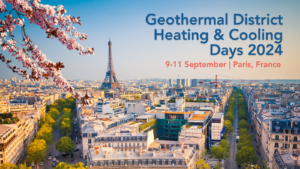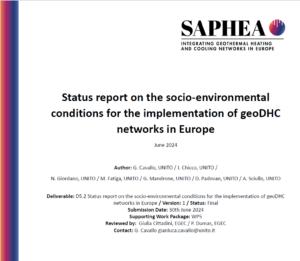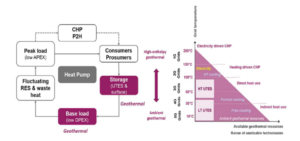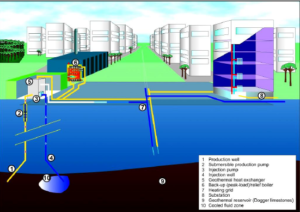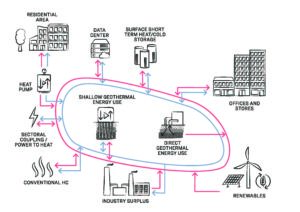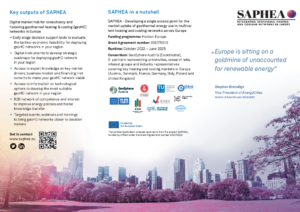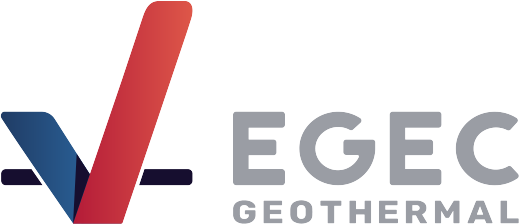The Saphea project
Telling the SAPHEA story
The EU Commission stated repeatedly that heating and cooling (‘HC’) plays a crucial role in the transition towards a carbon-neutral economy by 2050 as it accounts for half of the energy consumption in Europe from buildings and industry . Across all energy carriers, renewable energy sources (RES) account for 18% of the primary energy supply for HC in the EU-27, and IEA forecasts that at the global level the RES share of heat consumption will rise from 11% in 2020 to 13% in 2026 . Whilst the EU has set higher sectoral targets for the increase of RES-HC share by 2030 (2018/2001/EU), still growth is hindered by a lack of policy, financial incentives, and public funding for renewable heat. District heating and cooling (‘DHC’) has a great potential to decarbonize the HC sector, yet it registers a limited penetration in several European countries, supplying on average only 8% of the total final energy demand for HC, mainly in the residential (55%) and tertiary (30%) sectors .
SAPHEA addresses the market uptake of geothermal energy and underground heat storage supplied multivalent heating and cooling networks, which operate at temperatures of less than 30°C and up to around 100°C. The range of applications of geoHC networks starts at local-scale networks with capacity levels of at least 500 kWth, including sub- and peri-urban regions across Europe.
SAPHEA aims to promote geothermal energy in multivalent DHC networks by creating a durable Digital Market Uptake hub for GeoDHC. The Hub gathers a toolbox and a gamebook, plus various reports and guidelines to support stakeholders in early-stage investment decisions and strategic planning. SAPHEA combines and expands existing knowledge, datasets and tools like Hotmaps and Geophires, to provide targeted training for drafting low-carbon development scenarios that leverage geothermal energy. SAPHEA engages a network of public and private market actors and researchers, including local authorities, community services, and energy suppliers, to ensure sustained results beyond the project’s lifetime.
SAPHEA’s overall goal is therefore to address the prevailing barriers of renewable heat by developing and supporting market uptake measures for enabling geoHC networks to significantly contribute to the European HC sector. This in turn will contribute to a gradual and continuous replacement of fossil fuels while at the same time increasing the use of on-site available, low-exergy RES in order to reach the 2050 zero net emissions goals of the European Union.
In order to reach this overall goal, SAPHEA targets 5 specific objectives:
SAPHEA‘s 5 main objectives
1
2
3
4
5
- All
- Video
- News
- Newsletter
- Event
- Report


